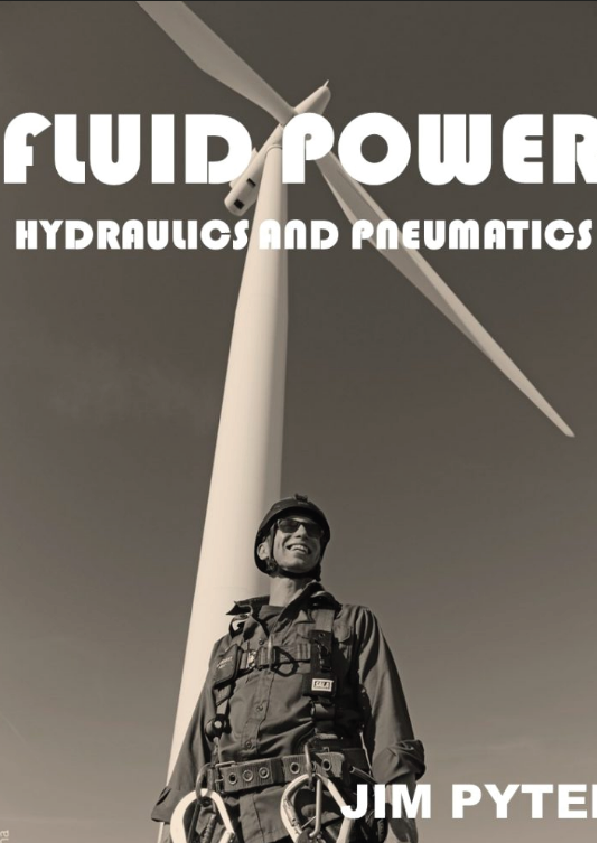- Describe the purpose of a fluid power system
- Differentiate between fluid power systems and mechanical or electrical systems
- Differentiate between hydraulic and pneumatic systems with respect to the fluid medium employed, characteristics, capacity, performance, and cleanliness
- Describe a basic fluid power system in terms of power conversion.
- Draw the schematic symbol for a motor and internal combustion engine.
- Describe the role of a pump in a fluid power system. Draw the schematic symbol for a pump and reservoir.
- Describe what properties pressure, flow rate, and valve position influence in a fluid power system.
- Describe Pascal’s Law and the formula used to relate force, pressure, and area.
- Describe the role of an actuator in a fluid power system. Draw the schematic symbol for a cylinder and hydraulic motor.
- Comment on the drawbacks of systems composed of numerous stages
- Comment on the advantages and disadvantages of fluid power systems
- Identify safety concerns associated with fluid power systems.
- Comment on sources of inefficiency within a fluid power system
- Identify five different types of pressure control valves
- Draw the schematic symbol for a pressure gauge, pressure switch, and pressure transducer
- List the devices that control flow rate
- Draw the schematic symbol for a flow control valve and comment on how they are employed in fluid power systems.
- Draw the schematic symbol for flow meters and comment on how they are employed in fluid power systems.
- Draw the schematic symbol for a check valve. Differentiate between free flow and blocked direction.
- Describe the purpose of a directional control valve in a fluid power system.
- Draw the schematic symbol for a 3 position, spring centered, manually actuated directional control valve with a closed center, a straight through position, and a cross connect position
- Discuss how the above valve’s position influences a double acting cylinder’s actuation direction when the cap end port is hooked to actuator port A and rod end port is hooked to actuator port B.
- Discuss how the above valve’s position influences a double acting cylinder’s actuation direction when the actuator ports are swapped (rod end port is hooked to actuator port A and cap end port is hooked to actuator port B).
- Discuss how a double acting cylinder’s actuation direction is influenced when one port is blocked.
- Describe the purpose of mechanical limit switches, magnetic proximity switches, and position transducers in a fluid power system.
- Differentiate between energy and power and give examples of common energy and power units.
- Determine the energy requirement in ft*lbf to move a 500lbf object 12ft.
- Determine the power requirement in ft*lbf/s, hp, and W to move a 500lbf object 12ft in 2.3s.
- Given a 72% efficient system determine the input power in W necessary to produce 5.6hp output
- Given a 79% efficient system determine the output power in hp if 3.2kW was input
Attribution
Hydraulics and Electrical Control of Hydraulic Systems by James Pytel is licensed under a Creative Commons Attribution-NonCommercial 4.0 International License, except where otherwise noted.
VP Flipbook Maker
Created a flipbook like this. This flipbook is made with Visual Paradigm Online. Try this free flipbook maker and create you own flipbook now!











